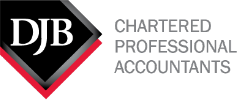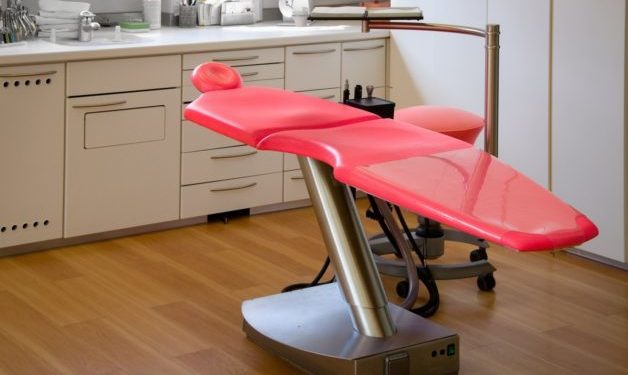For professionals, the use of a Professional Corporation (PC) can provide key benefits in terms of income splitting and income tax deferral. However, professionals often ask: “What happens to my PC when I retire?”
In some situations, the shares of the PC will be sold to another professional. In other situations, the answer typically depends on the number of assets remaining in the professional corporation upon retirement. If there are minimal assets (cash, investments, equipment, etc.), it is likely the PC can simply be dissolved by preparing Articles of Dissolution after obtaining consent from the relevant taxation authority.
Typically, however, the PC will have built up an investment portfolio to assist the professional in retirement. In this case, there is likely a benefit of retaining the corporation so that the shareholders can draw out only the money they require each year, thus minimizing their annual tax burden by utilizing their marginal tax rates (as opposed to withdrawing everything from the corporation in a lump sum upon retirement and paying tax at higher rates). For example, withdrawing $250,000 from a professional corporation as a lump sum non-eligible dividend would result in a tax burden of approximately $81,000. Alternatively, withdrawing the funds in five annual non-eligible dividends of $50,000 would reduce the overall income tax burden to approximately $17,000 (both cases assume no other income or deductions and are based on 2022 income tax rates).
If the PC is to be retained, the first step is to re-characterize the corporation from a PC to a regular corporation. This often involves deregistering from the appropriate governing body and then filing an Articles of Amendment form to remove reference to the professional corporation in the name of the PC and possibly any restrictions that were in the Articles of Incorporation. Most PC’s choose to continue operating as a simple numbered company.
The income that the corporation will earn at this point will likely be passive investment income (such as return on investments). Passive income, unlike business income, is taxed at a high corporate income tax rate (currently 50.17%). A portion of this income tax is recoverable upon drawing money from the corporation as a dividend, resulting in a net corporate tax rate of 19.5% on passive income in Ontario.
The PC may be able to introduce other shareholders once the current value is “frozen” into the current shareholders’ hands. While this scenario has to be carefully reviewed to avoid any attribution rules, this allows the potential for the investment earnings to be allocated to certain families members, thus utilizing their marginal income tax rates as well. This strategy could involve using a family trust so that the professional can still have control over who receives both the income and capital that accumulates on the investments. As each case is different, it is important that a strategy to include other shareholders, including a family trust, is looked at closely as attribution rules could cause negative tax consequences if not considered in advance.
A PC may, in certain circumstances, pay a $10,000 death benefit to the deceased professional’s estate. The death benefit would not be taxable to the estate.
The transition from a PC to a regular corporation is a relatively simple process, but planning in advance will help layout the direction of the PC so that it can provide benefits, both now, and in the future. We can help guide you in the right direction, contact one of our experienced Healthcare Industry Professionals.










